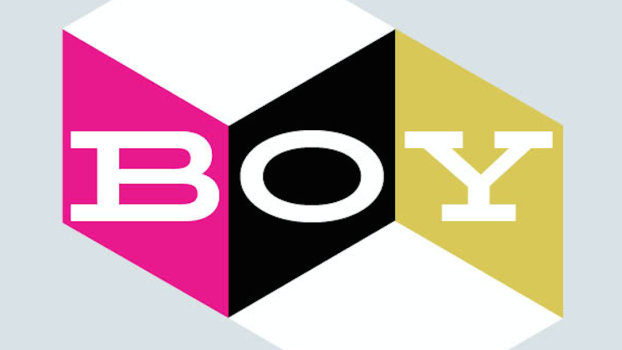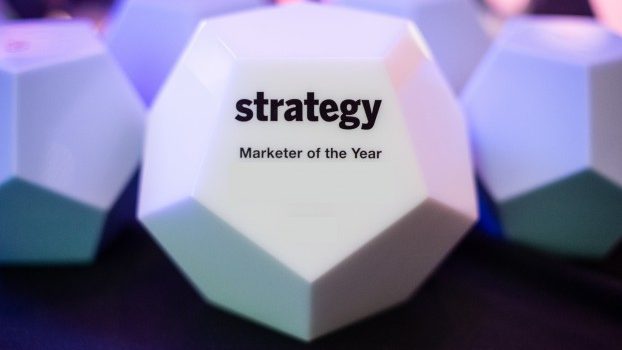North Carolina-based creative agency McKinney has published its 2022 Food Trends report, a tight 21-page deck that reads like a tasting menu of thought starters for brands in the food and beverage space, from CPGs to QSRs.
The report opens with some high-level sound bites and the macrotrend of 2022: “collective convergence,” which is shorthand for how the pandemic has shocked us into realizing that everything’s connected in this globalized gumbo of economic injustice, political strife, extreme weather events, wars and stymied supply chains we’re living in.
The tasting menu breaks down into four main themes: social responsibility, technology, wellness and culture. Each of those contains four bite-sized prognostications for your consideration. Call them amuses bouches for the trend-hungry marketer.
We’ve selected what we think are the six tastiest morsels and added a layer of our own research that provides what the deck does not (examples).
Trend #1: Don’t recycle it, eat it: Single use packaging is now on everyone’s mind, thanks to horrifying images of fish strangled by plastic straws and sea turtles necklaced with plastic beer can rings. How do you fix it? By making packaging and take-out utensils part of the meal. A social enterprise called Evoware makes seaweed-based edible packaging in the form of bags and cups. London-based startup Notpla has also created a range of biodegradable packaging from seaweed and plants. Among other things, Notpla has partnered with online delivery food service Just Eat to create seaweed-lined takeaway containers where the coating is completely natural and compostable, providing grease proofing without adding plastic.
Trend #2: 20,000 farms under the sea: All that seaweed is going to have to come from somewhere. Why not start a seaweed farm? What with the extreme weather, droughts, floods and fires we are seeing (and they’re only going to get worse), growing food on land is getting harder and harder. Aquaponics, a marine variation on hydroponics, is producing some interesting results. It uses fish by-products as fertilizer in the production of high-value vegetables. Aquaponics has many advantages in terms of bioremediation, water recycling and sustainable food production.
Trend #3: I can eat that? According to the UN Food and Agriculture Organization, 1.3 billion tons of food is wasted annually across the globe. Thankfully, says Food Tank, (a think tank) there are lots of companies that are tackling waste through upcycled food around the world. They include Australia’s Aqua Botanical, which combats water scarcity by filtering and mineralizing the water used from the production of juice concentrate. Then there’s Rubies in the Rubble, which makes mayonnaise with aquafaba, a chickpea liquid alternative to eggs that is usually thrown out.
Trend #4: Trust your gut: Worm cleanse, anyone? Gut health has hit the big time. According to McKinney, when our gut is out of whack, so is our entire body. Going into 2022, we will continue to see a focus on gut health from personalized supplements to dairy-free alternatives. That list includes vinegars, kombucha, sprouted grains and kefir. Look no further than our own exploration of Acid League and its living vinegars.
Trend #5: Food that stays ready: They’re called “Meals Ready to Eat” or MREs, and the world’s armies have been eating them for some time now. You’ll also find them in every preppers’ pantry, because they’re designed for survival after the world finally goes to hell in a handbasket. Lately companies have been adapting the model by upgrading the meal quality and targeting urban gourmets who don’t have time to cook.
Trend #6: Getting metaverse with menus: According to McKinney, as Gen Z spends more time on Fortnite, using digital currency and altering reality through their screens, the metaverse is the next frontier for food brands that are looking to connect with their audiences. Food Navigator agrees, pointing to Ernst & Young as saying that the challenge for food brands will be to create consistency between the digital and the physical – making sure that the brand experience is something consumers are able to enjoy as much as the product itself. The metaverse may not taste good, but at least it should feel good.
























